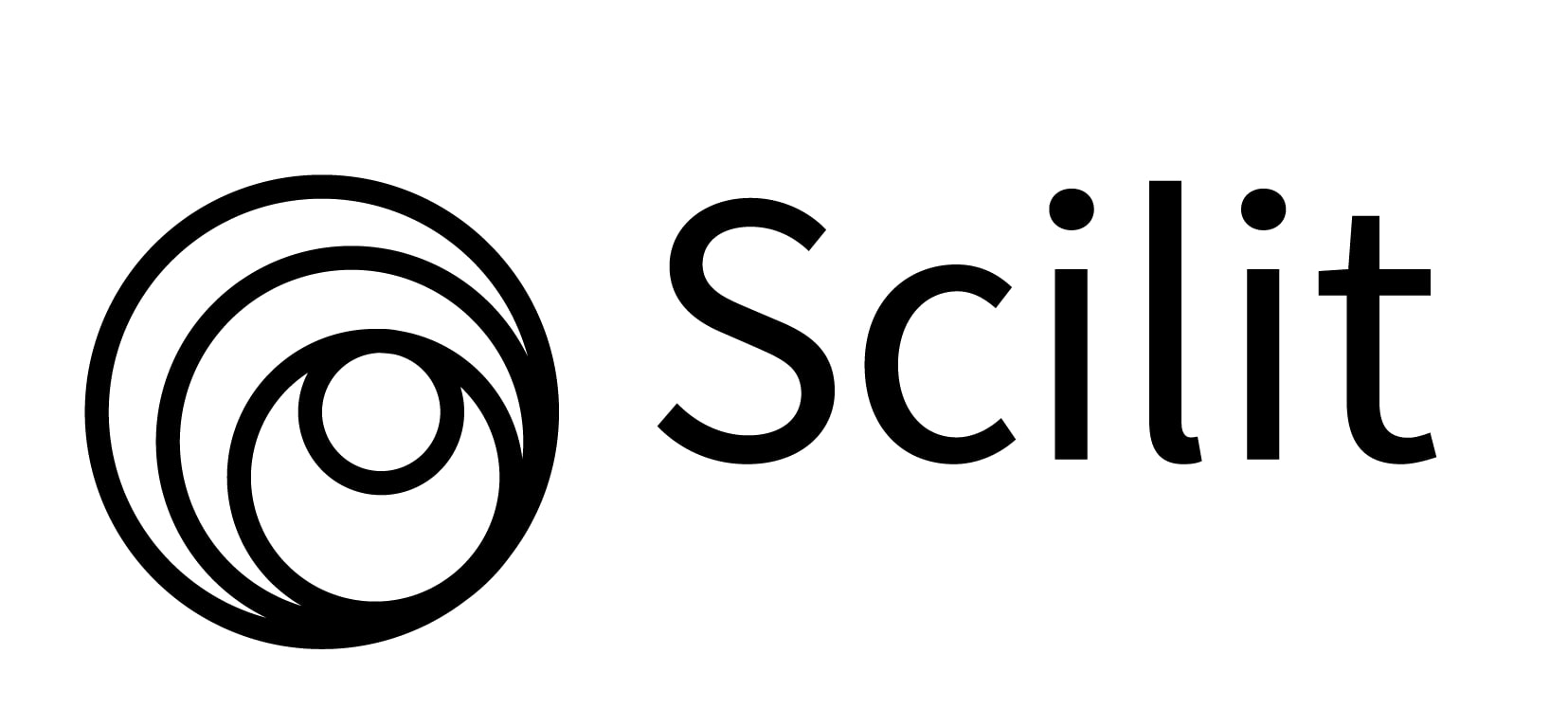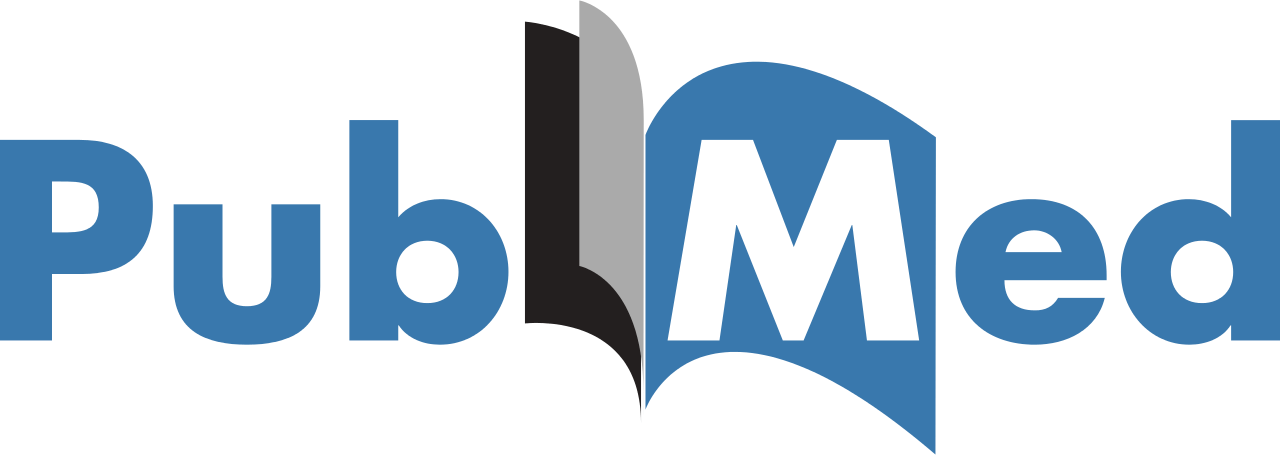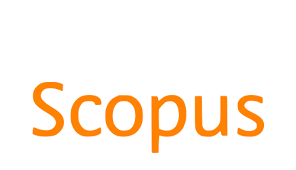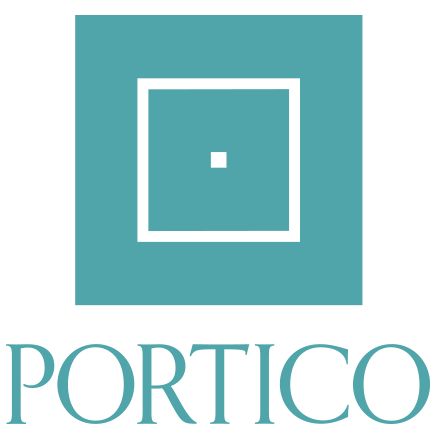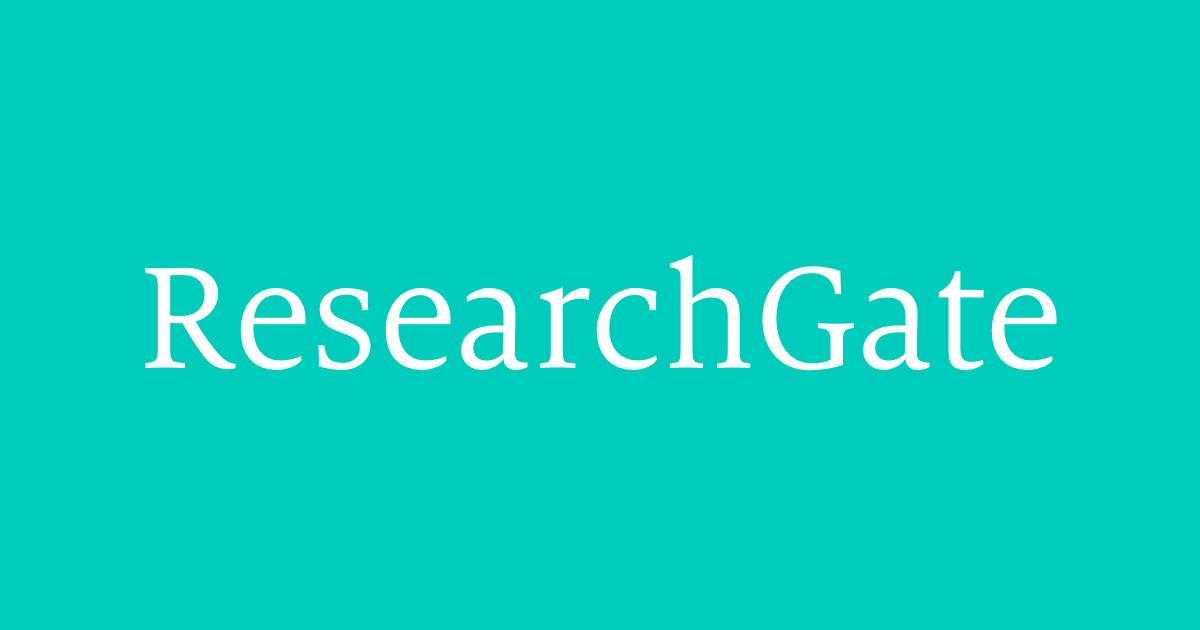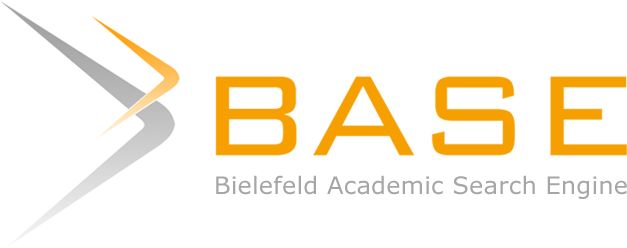Journals
- About International Journal of Regenerative Medicine (ISSN 2613-5914)
- In Press
- Editor-in-chief
- Editorial board
- Current Issue
- Submit Manuscript
- Publication Charges
- Archive
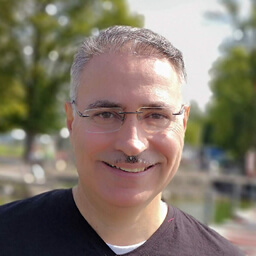
Star Rating:
★★★★★
Feedback
Galley Proof & Review: Very Satisfied
Response Time: Very Satisfied
Published Article: Very Satisfied
Message: It was great working with you.
Jawad Alzeer

Star Rating:
★★★★★
Feedback
Galley Proof & Review: Very Satisfied
Response Time: Very Satisfied
Published Article: Very Satisfied
Message: Good quality.
Marco De Monti

Star Rating:
★★★★★
Feedback
Galley Proof & Review: Very Satisfied
Response Time: Very Satisfied
Published Article: Very Satisfied
Message: Good.
Dr Krupal M Patel
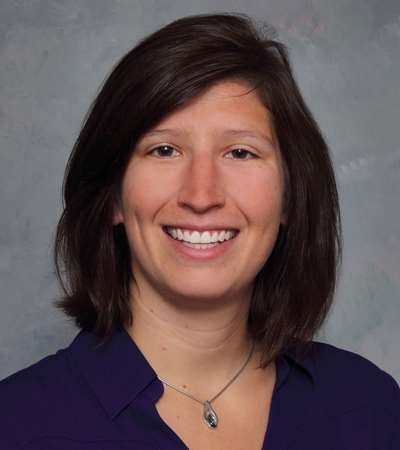
Star Rating:
★★★★★
Feedback
Galley Proof & Review: Very Satisfied
Response Time: Very Satisfied
Published Article: Very Satisfied
Kathryn Haberman
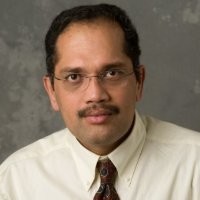
Star Rating:
★★★★★
Feedback
Publishing Experience: It's about what I was expecting.
Srinivas Janaswamy

Star Rating:
★★★★★
Feedback
Galley Proof & Review: Very Satisfied
Response Time: Very Satisfied
Published Article: Very Satisfied
Message: Thanks for the highly organised process
Jawad Alzeer

Star Rating:
★★★★☆
Feedback
Galley Proof & Review: Satisfied
Response Time: Satisfied
Published Article: Satisfied
Message: I am satisfied. Thank you for your fair evaluation of the submitted paper.
Toshiko Kato

Star Rating:
★★★★☆
Feedback
Galley Proof & Review: Satisfied
Response Time: Satisfied
Published Article: Satisfied
Message: Your services are good.
George Eleje

Star Rating:
★★★★★
Feedback
Galley Proof & Review: Very Satisfied
Response Time: Satisfied
Published Article: Satisfied
Ingiridur Skirnisdottir

Star Rating:
★★★★★
Feedback
Galley Proof & Review: Very Satisfied
Response Time: Satisfied
Published Article: Very Satisfied
Augusta Cardoso

Star Rating:
★★★★★
Feedback
Galley Proof & Review: Very Satisfied
Response Time: Very Satisfied
Published Article: Very Satisfied
DR JYOTI PUSHKAR DESHPANDE

Star Rating:
★★★★★
Feedback
Publishing Experience: It has exceeded my expectations
Message: Very efficient and fast, Thank you.
Alessandro Gennai

Star Rating:
★★★★★
Feedback
Galley Proof & Review: Very Satisfied
Response Time: Very Satisfied
Published Article: Very Satisfied
Agustin Diaz Alvarez

Star Rating:
★★★★★
Feedback
Galley Proof & Review: Satisfied
Response Time: Very Satisfied
Published Article: Very Satisfied
Bazoukis Xenophon

Star Rating:
★★★★☆
Feedback
Galley Proof & Review: Satisfied
Response Time: Satisfied
Published Article: Satisfied
Eduardo González

Star Rating:
★★★★★
Feedback
Galley Proof & Review: Very Satisfied
Response Time: Very Satisfied
Published Article: Very Satisfied
CATHERINE ROY

Star Rating:
★★★☆☆
Feedback
Galley Proof & Review: Very Satisfied
Response Time: Very Satisfied
Published Article: Very Satisfied
Burhan Abdollahi

Star Rating:
★★★★☆
Feedback
Galley Proof & Review: Very Satisfied
Response Time: Very Satisfied
Published Article: Very Satisfied
Antoine El Khoury

Star Rating:
★★★★★
Feedback
Galley Proof & Review: Satisfied
Response Time: Satisfied
Published Article: Very Satisfied
Dhara Dave

Star Rating:
★★★★★
Feedback
Publishing Experience: It's about what I was expecting
Anonymous

Star Rating:
★★★★☆
Anonymous

Star Rating:
★★★★☆
Anonymous

Star Rating:
★★★★☆
Feedback
Publishing Experience: It's about what I was expecting
Igor Ivanovich Larkin

Star Rating:
★★★★☆
Feedback
Publishing Experience: It's about what I was expecting
Ikechukwu Ulasi

Star Rating:
★★★★★
Feedback
Galley Proof & Review: Satisfied
Response Time: Satisfied
Published Article: Satisfied
John C. Chang

Star Rating:
★★★★★
Feedback
Galley Proof & Review: Very Satisfied
Response Time: Very Satisfied
Published Article: Very Satisfied
Ingiridur Skirnisdottir

Star Rating:
★★★★★
Feedback
Galley Proof & Review: Very Satisfied
Response Time: Satisfied
Published Article: Satisfied
Louai Alsaloumi

Star Rating:
★★★★★
Feedback
Galley Proof & Review: Very Satisfied
Response Time: Very Satisfied
Published Article: Very Satisfied
Message: Great working with you!
Nicole Greeff

Star Rating:
★★★★☆
Feedback
Galley Proof & Review: Satisfied
Response Time: Satisfied
Published Article: Satisfied
Lawrence Siu-Yung Chan

Star Rating:
★★★★★
Feedback
Galley Proof & Review: Satisfied
Response Time: Satisfied
Published Article: Satisfied
Samba Niang

Star Rating:
★★★★★
Feedback
Galley Proof & Review: Very Satisfied
Response Time: Very Satisfied
Published Article: Very Satisfied
Message: Good publication journal
Shridhar Ghagane

Star Rating:
★★★★★
Feedback
Galley Proof & Review: Very Satisfied
Response Time: Very Satisfied
Published Article: Very Satisfied
Katia Avina Padilla

Star Rating:
★★★★★
Feedback
Galley Proof & Review: Very Satisfied
Response Time: Very Satisfied
Published Article: Very Satisfied
Rosita Bihariesingh

Star Rating:
★★★★☆
Feedback
Galley Proof & Review: Satisfied
Response Time: Satisfied
Published Article: Satisfied
Sifaki Freideriki

Star Rating:
★★★★★
Feedback
Galley Proof & Review: Very Satisfied
Response Time: Very Satisfied
Published Article: Very Satisfied
Chandra Shekhar Joshi

Star Rating:
★★★★★
Feedback
Galley Proof & Review: Very Satisfied
Response Time: Very Satisfied
Published Article: Very Satisfied
Narayana Nagesh

Star Rating:
★★★★★
Feedback
Galley Proof & Review: Very Satisfied
Response Time: Very Satisfied
Published Article: Very Satisfied
Vera Beatris Martins

Star Rating:
★★★★★
Feedback
Galley Proof & Review: Very Satisfied
Response Time: Very Satisfied
Published Article: Very Satisfied
Mahmoud M. Sebaiy

Star Rating:
★★★★☆
Feedback
Galley Proof & Review: Satisfied
Response Time: Satisfied
Published Article: Satisfied
Richa Chauhan

Star Rating:
★★★★★
Feedback
Galley Proof & Review: Very Satisfied
Response Time: Very Satisfied
Published Article: Very Satisfied
Juan Carlos Ibañez
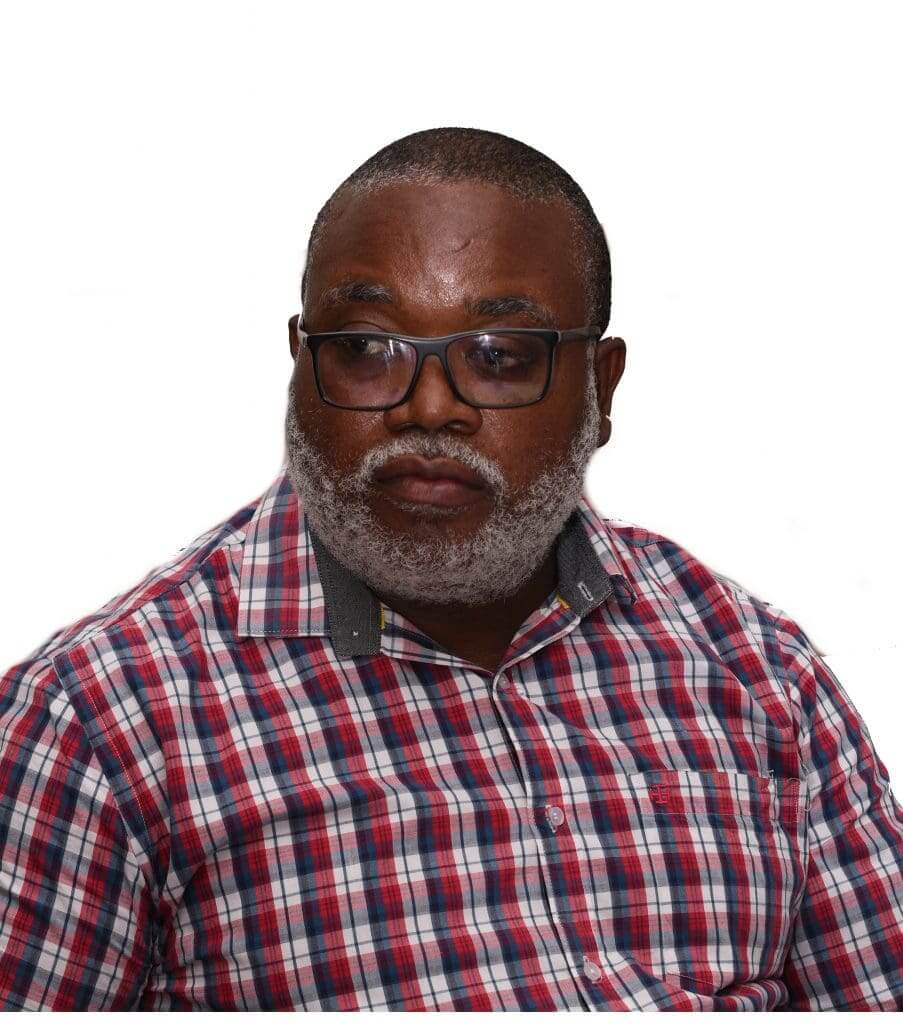
Star Rating:
★★★★☆
Feedback
Publishing Experience: It's about what I was expecting
Seke Manase Ephraim Kazuma
International Journal of Regenerative Medicine (Int J Regenr Med) (ISSN 2613-5914)
APC Waiver
We are pleased to inform you that the journal will waive the Article Publishing Charge untill 05th September, 2025.
This will be applicable for any submissions received before 05th September, 2025, which are accepted for publication after peer review.
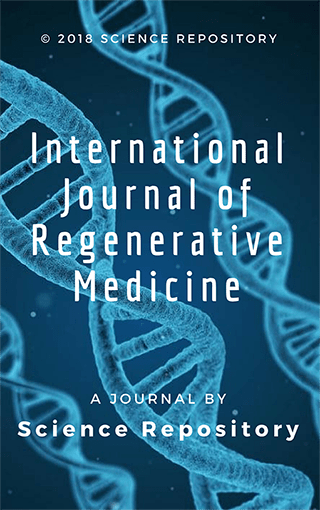
Aims and Scope
International Journal of Regenerative Medicine is an international peer-reviewed journal that covers all aspects of biomaterials, tissue engineering, and regenerative medicine. The journal mainly focuses on basic research, clinical studies and translational research in the fields of stem cell biology and regenerative medicine.
International Journal of Regenerative Medicine will feature original research, review papers, clinical studies, editorials, expert opinion and perspective papers, commentaries, etc. in all areas of the field and making them freely available through online without any restrictions or any other subscriptions to researchers worldwide.
The Journal seeks high quality submissions and welcome contributions in: Cancer Stem Cells, Murine Embryonic Stem Cells, Human Embryonic Stem Cells, Bone Marrow Stem Cells, Stem Cell Therapy, Neural stem cells, Pluripotent Cells, Fetal Stem Cells, Endothelial Cells, Stem-Cell Transplantation, Adult Stem Cells, Embryonic Stem Cells, Stem Cell Technologies, Pancreatic Stem Cells, Regenerative Medicine, Hematopoietic Stem Cell Transplantation, Hair Stem Cell, Transplantation Medicine, Stem Cell and Organ Regeneration, Molecular Mechanisms.
All the work at Science Repository is licensed under a Creative Commons Attribution 4.0 International License. Authors at Science Repository retain copyright to their work and allow others to copy, distribute, transmit, and adapt their work, provided proper attribution is given.
For submission authors can directly submit manuscript to article@sciencerepository.org or article@sciencerepository.net
Manuscripts number will be provided to the corresponding author within 72 hours for the respective manuscript submitted.
- 14 day review process with international peer-review standards
- Timeline of processing from Submission to Publication is 30 days
- Manuscript will be published within 7 days of acceptance
This license lets others distribute, remix, tweak, and build upon your work, even commercially, as long as they credit you for the original creation. View License Deed | View Legal Code


In Press Volume 7, Issue 1
Editor-in-chief
CHRISTOPHE EGLES
Department of Cancer Biology and Tissue Engineering
Tufts University
United States
Biography
Dr. Christophe Egles joined Tufts University in the Division of Cancer Biology and Tissue Engineering as an Assistant Professor in July 2005 and serves as the Associate Director of the Center for Integrated Tissue Engineering (CITE). Dr. Egles earned his B.S. in Biochemistry and his Ph.D. in Neurobiology at the University Louis Pasteur in Strasbourg, France. From 1998 to 2001, he was a postdoctoral fellow at MIT and, later, at Tufts University School of Medicine studied the molecular and cellular mechanisms underlying synapse formation during early steps of neural development. From 2001 to 2004, he served as Associate Professor at the University Louis Pasteur, School of Dentistry where he studied the biomedical applications of biomaterials modifying cell/support interface, particularly for regenerative neurobiology or antibacterial protection.
Research Interest: Biofunctionalized artificial matrices, developing wound healing models and creating anti-microbial surfaces for the protection of medical devices.
Editorial board
- Anudeep Talagavadi Channaiah
- Riccardo Calafiore
- Miguel Garber
- Mohammadsharif Tabebordbar
- Xiaoming Zhou
- Antonio Pierini
- Alluru S Reddi
- Deng W
- Sharon DeMorrow
- Christophe Egles
- Hans Peter Hauber
- Wei-Chiao Chang
- Praveen Suraneni
- Said Hashemolhosseini
- Suk Ho Bhang
- Dah-Yuu Lu
- Chung-Yi Chen
- Yusuf TUTAR
- Alok Srivastava
- Chiara Corrado
- ALEXANDER BIRBRAIR
Anudeep Talagavadi Channaiah
Plastic surgery
Maharashtra University of Health Sciences
Mumbai, India
Riccardo Calafiore
Professor of Endocrinology
Medicine
University of Perugia, Perugia, IT
Italy
Miguel Garber
Department regenerative medicine
Clinica Medica Quirurgica Quantum
Spain
Mohammadsharif Tabebordbar
Associate Scientist
Group Leader of Editas Medicine
Harvard Medical School
United States
Xiaoming Zhou
Department of Medicine
Uniformed Services University
Bethesda, United States
Antonio Pierini
Divison of Blood and Marrow Transplantation
Stanford University
California, United States
Alluru S Reddi
Professor
Department of Medicine
UMDNJ-New Jersey Medical School
United States
Deng W
Associate Professor
Department of Regenerative Medicine
University of California
United States
Sharon DeMorrow
Department of Internal Medicine
Texas A&M Health Science Center
United States
Christophe Egles
Department of Cancer Biology and Tissue Engineering
Tufts University
United States
Hans Peter Hauber
Head Division of Pathophysiology and Inflammation
Research Center Borstel
Germany
Wei-Chiao Chang
Department of Medical Genetics
Kaohsiung Medical University
Taiwan, Province of China
Praveen Suraneni
Department of Cell Biology
Stowers Institute for Medical Research
United States
Said Hashemolhosseini
Professor
Institute of Biochemistry
University of Erlangen-Nurenberg
Germany
Suk Ho Bhang
School of Chemical and Biological Engineering
Seoul National University
Seoul, Republic of Korea
Dah-Yuu Lu
Associate Professor
Graduate Institute of Neural and Cognitive Sciences
China Medical University
Taichung, Taiwan, Province of China
Chung-Yi Chen
Dean and Professor
School of Medical and Health Sciences
Fooyin University
China
Yusuf TUTAR
Faculty of Pharmacy
Department of Basic Sciences
Biochemistry Division
Turkey
Alok Srivastava
Professor of Medicine Department of Haematology Head
Centre for Stem Cell Research
Christian Medical College
India
Chiara Corrado
Assistant Professor of Biology and Genetic
University of Palermo
Italy
ALEXANDER BIRBRAIR
Professor
Department of Pathology
Federal University of Minas Gerais
Brazil
Current Issue Volume 6, Issue 2
Submit Manuscript
You can submit your manuscript at Science Repository. Authors submit manuscript files and metadata & can request for revision. Editors use the system to review submissions, assign to reviewers, and make and communicate decisions to accept, revise, transfer or reject manuscripts. Reviewers are invited to work on manuscripts, can accept or reject assignments.
For submission authors can directly submit manuscript to article@sciencerepository.org or article@sciencerepository.net
Manuscripts number will be provided to the corresponding author within 72 hours for the respective manuscript submitted.
- 14 day review process with international peer-review standards
- Timeline of processing from Submission to Publication is 30 days
- Manuscript will be published within 7 days of acceptance
Publication Charges
International Journal of Regenerative Medicine is an Open Access journal and we do not charge the end user when accessing a manuscript or any article. This allows the scientific community to view, download, distribution of an article in any medium, provided that the original work is properly cited, under the term of "Creative Commons Attribution License".
In line with other open access journals we provide a flat fee submission structure on the acceptance of a peer-reviewed article which covers in part the entirety of the publication pathway (the article processing charge). The process includes our maintenance, submission and peer review systems and international editing, publication and submission to global indexing and tracking organisations and archiving to allow instant access to the whole article and associated supplementary documents. We also have to ensure enough investment to secure a sustainable model which ethically, legally and financially stable.
The publication charges for International Journal of Regenerative Medicine are £ (GBP) 1099.
Frequently Asked Questions (FAQs)
Why do we charge?
All articles published in Science Repository are open access. Open Access publishing implies that all readers, anywhere in the world, are allowed unrestricted to full text of articles, immediately on publication in Science Repository Journals. The Article Publication Charges pay for the editorial and production costs of the journal, for hosting the website, publishing articles online, preparing HTML , PDF and XML versions of the articles and submitting the articles in electronic citation database like CrossRef.
Our financial goals are to:
- Maintain the portal for best experienece
- Recover capitalization cost
- Produce sufficient revenue to allow for a sustainable and scalable publishing program, under continuous development
- Although we charge the minimum possible but we will reduce the publication-charge cost downward over time.
When should I pay?
Corresponding author or the paying institutions should arrange for the payment once they are notified regarding acceptance of the article. APC is exempted for cases in which a wavier agreement has been made in-prior to submission.
*We request an immediate attention towards the payment as the articles will not be published unless the charges have been paid.
Who will pay the APC (Article Processing Charges)?
Corresponding author or Co-authors has to make the payment on acceptance of the article.
How do I pay?
Authors or institutions can make payments by two modes as per their convenience.
- Online Card payment
Note: No taxes are included in this charge, taxes will be applicable as per the policies of the country of the payee. Additional transaction gateway charges may be levied on the payee.
Do I have to pay if my manuscript is rejected?
No, Article processing charges will not be applicable for articles rejected by the Editorial office.
Can I be eligible for wavier on APC?
The waiver request will be considered on a case-by-case basis, and will be provided accordingly.
*The Waiver requests must be made during the submission process and will not be accepted after processing of the manuscript.
Withdrawal Charges
Please check our Refund Policy
Are reprints of my article included in the article processing charges (APCs)?
No, Article processing charges (APCs) do not include the charges for the reprints. Reprints facility is optional and should be order separately.
For more details you can refer to FAQs or contact us support@sciencerepository.org

